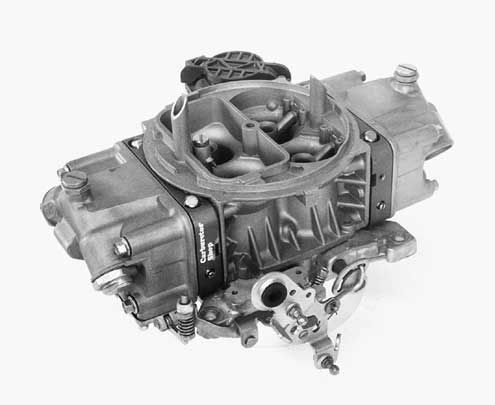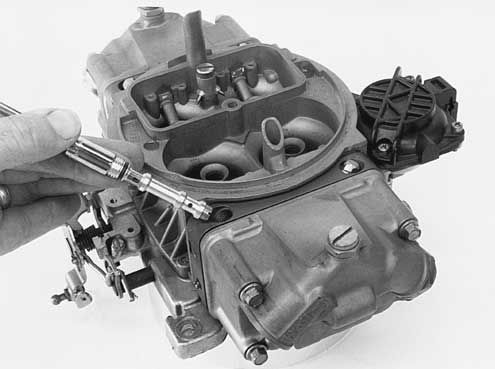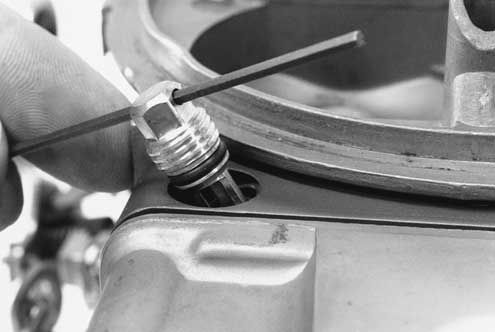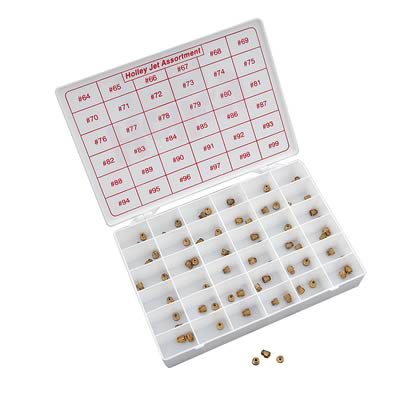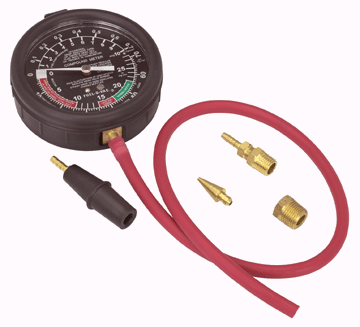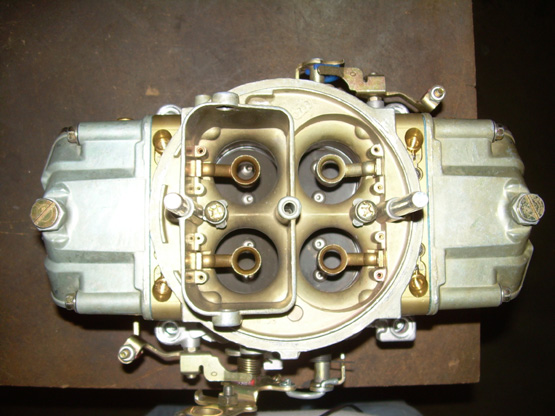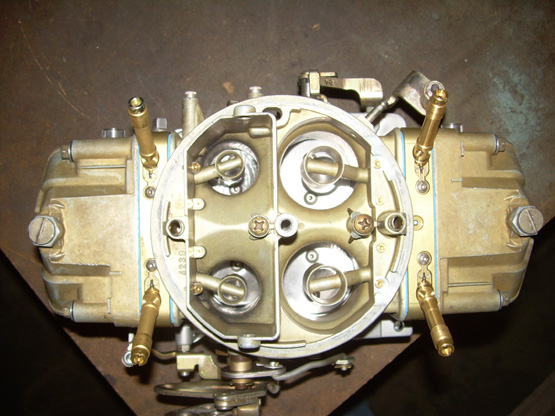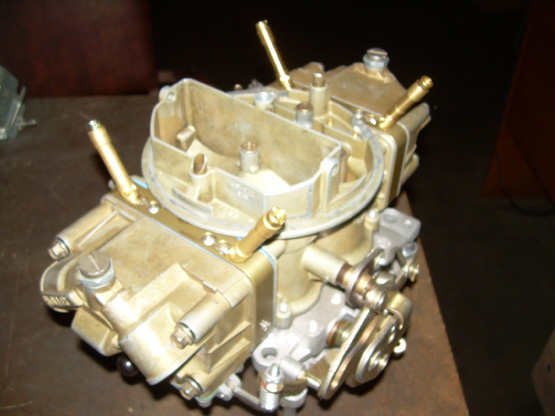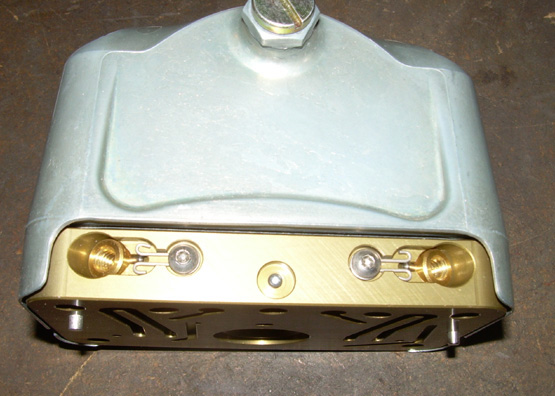If your into getting the car tuned correctly, as most of us are, you can learn to read plugs and use an INFRARED heat sensor gun and a vacuum gauge, and timing light, like most of us old school guys learned with,and eventually gain the required tuning skills to select the correct jets, power valves and carburetor accelerator pump cams or you could install adjustable jetting plates that allow you to quickly adjust your jetting with a screw driver as you tune the car, and bypass some of the learning curve.
used in conjunction with a fuel air ratio sensor
http://www.innovatemotorsports.com/products/lm2.php
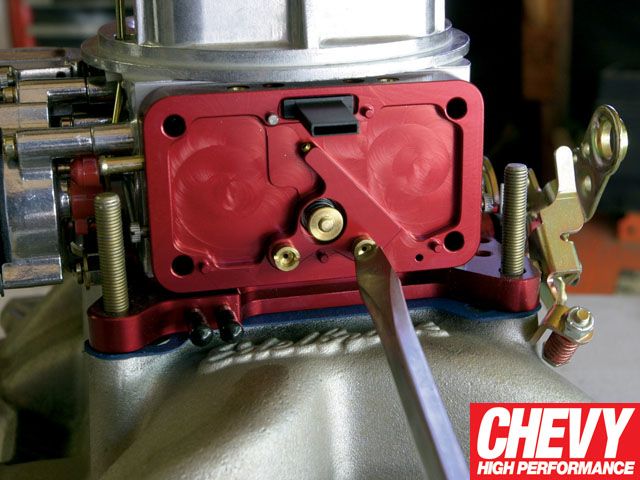
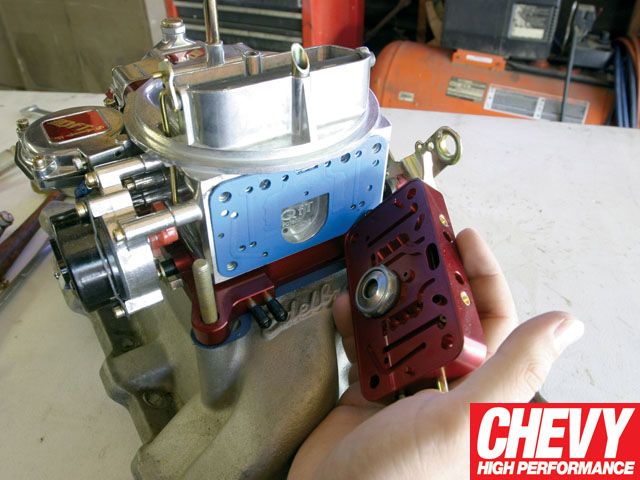
READ THESE LINKS AND SUB LINKS, IT MAY TAKE YOU SOME EFFORT BUT ITS TIME VERY WELL SPENT
http://www.knfilters.com/airfuelmonitors.htm
http://www.carcraft.com/techarticles/11 ... index.html
search.php?st=0&sk=t&sd=d&keywords=%2Binfrared++%2Btuning++&start=20
viewtopic.php?f=44&t=579&p=743&hilit=+infrared+tuning#p743
viewtopic.php?f=70&t=202
viewtopic.php?f=55&t=109
viewtopic.php?f=55&t=1442
http://www.chevyhiperformance.com/tech/ ... index.html
viewtopic.php?f=55&t=5229&p=15353#p15353
http://www.summitracing.com/parts/PHP-15001/
http://www.summitracing.com/search/Bran ... toview=SKU
http://www.percyshp.com/adjustajet.html
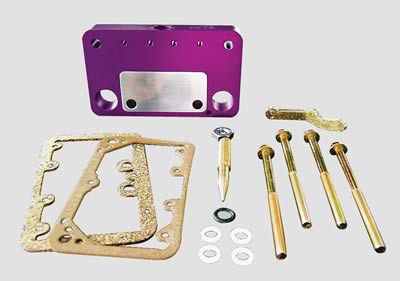
holley does sell quick jet access/change fuel bowls
KITS 34-24, 34-25, 34-26, 34-27, 34-508, 34-509, 34-510, & 34-511
http://www.holley.com/data/Products/Tec ... 9R9814.pdf
http://www.summitracing.com/parts/HLY-34-24/?rtype=10
http://www.jegs.com/p/Holley/Holley-Qui ... db0de2603c
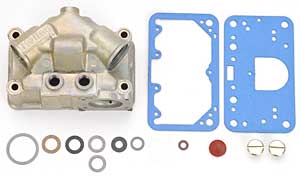

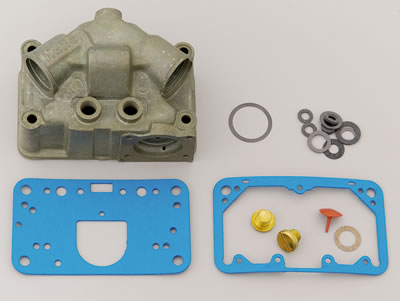
http://www.summitracing.com/parts/SUM-210230/?rtype=10
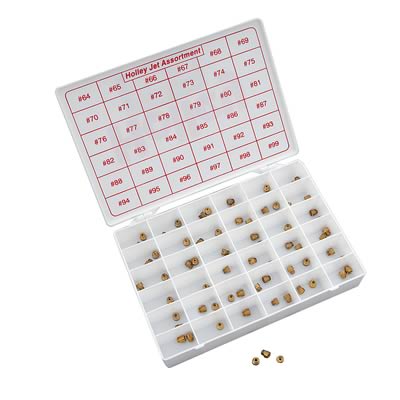
heres a neat little option for the HOLLEY carbs, its not really In expensive, (CHEAP) but it does allow you to effectively change the fuel flow rates far faster and easier than you could changing JETS, its basically a needle & seat valve that adjusts like the float levels do on a Holley carb, it comes with detailed instructions , and if you use a fuel ratio meter or an IR temp gun and read spark plugs it will allow you to adjust the fuel air ratio far faster and easier than jet changes will
ignition timing thats a bit to retarded will tend to make the plugs run cold and foul, setting your float levels and making 100% sure the linkage functions correctly is mandatory, before you start chasing problems
http://www.barrygrant.com/bgfuel/default.aspx?page=83
http://www.stockcarracing.com/techartic ... index.html
http://www.holley.com/data/TechService/ ... uretor.pdf
unscrew the site plugs and adjust the floats until the fuel level just prevents fuel flow from the site holes at idle, youll need a flat blade screw driver and a 5/8" wrench
QUESTION How do I adjust the fuel level on my carburetor?
ANSWER Setting the fuel level should be the first thing you do before attempting to make any further adjustments.The float level should put the fuel level just below the bottom of sight plug hole. You will make the adjustment with the vehicle on a level surface and the engine idling. You will first remove the sight plug, then to make your adjustment you will need to loosen the lock screw on the needle and seat. This will allow you to turn the adjusting nut to raise or lower the float level. Each hex flat on the nut will change the float level approximately 1/32". When you have the fuel level just below sight plug hole you will then tighten the lock screw and reinstall the sight hole plug. Make sure you have a shop towel handy in case you have any fuel leaks from the Sight plug or needle and seat adjusting nut.
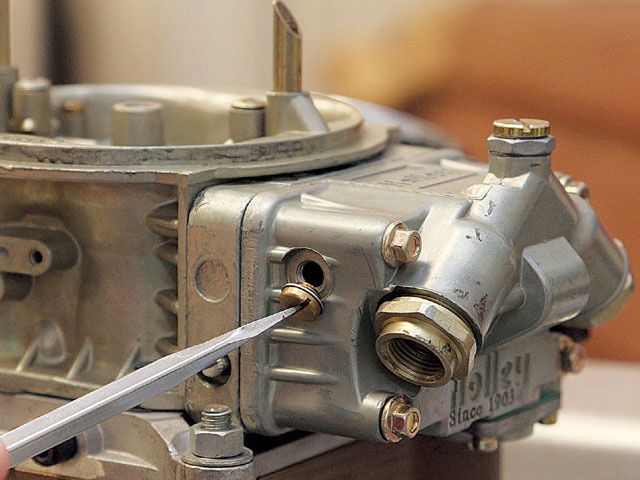

if the fuel level won,t adjust, it
sounds like a needle valve needs replacement, or a carb floats defective
SIMILAR TO THIS
http://www.summitracing.com/parts/HLY-6-513/

http://www.summitracing.com/parts/HLY-6-519-2/

http://www.summitracing.com/parts/HLY-116-10/
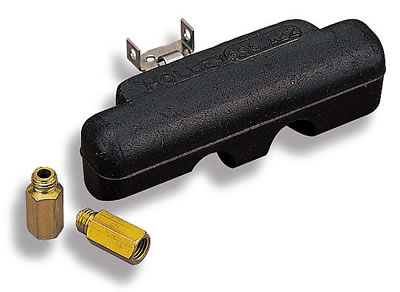

viewtopic.php?f=55&t=109&p=136#p136
thoughts guys?
used in conjunction with a fuel air ratio sensor
http://www.innovatemotorsports.com/products/lm2.php


READ THESE LINKS AND SUB LINKS, IT MAY TAKE YOU SOME EFFORT BUT ITS TIME VERY WELL SPENT
http://www.knfilters.com/airfuelmonitors.htm
http://www.carcraft.com/techarticles/11 ... index.html
search.php?st=0&sk=t&sd=d&keywords=%2Binfrared++%2Btuning++&start=20
viewtopic.php?f=44&t=579&p=743&hilit=+infrared+tuning#p743
viewtopic.php?f=70&t=202
viewtopic.php?f=55&t=109
viewtopic.php?f=55&t=1442
http://www.chevyhiperformance.com/tech/ ... index.html
viewtopic.php?f=55&t=5229&p=15353#p15353
http://www.summitracing.com/parts/PHP-15001/
http://www.summitracing.com/search/Bran ... toview=SKU
http://www.percyshp.com/adjustajet.html

holley does sell quick jet access/change fuel bowls
KITS 34-24, 34-25, 34-26, 34-27, 34-508, 34-509, 34-510, & 34-511
http://www.holley.com/data/Products/Tec ... 9R9814.pdf
http://www.summitracing.com/parts/HLY-34-24/?rtype=10
http://www.jegs.com/p/Holley/Holley-Qui ... db0de2603c



http://www.summitracing.com/parts/SUM-210230/?rtype=10

heres a neat little option for the HOLLEY carbs, its not really In expensive, (CHEAP) but it does allow you to effectively change the fuel flow rates far faster and easier than you could changing JETS, its basically a needle & seat valve that adjusts like the float levels do on a Holley carb, it comes with detailed instructions , and if you use a fuel ratio meter or an IR temp gun and read spark plugs it will allow you to adjust the fuel air ratio far faster and easier than jet changes will
ignition timing thats a bit to retarded will tend to make the plugs run cold and foul, setting your float levels and making 100% sure the linkage functions correctly is mandatory, before you start chasing problems
http://www.barrygrant.com/bgfuel/default.aspx?page=83
http://www.stockcarracing.com/techartic ... index.html
http://www.holley.com/data/TechService/ ... uretor.pdf
unscrew the site plugs and adjust the floats until the fuel level just prevents fuel flow from the site holes at idle, youll need a flat blade screw driver and a 5/8" wrench
QUESTION How do I adjust the fuel level on my carburetor?
ANSWER Setting the fuel level should be the first thing you do before attempting to make any further adjustments.The float level should put the fuel level just below the bottom of sight plug hole. You will make the adjustment with the vehicle on a level surface and the engine idling. You will first remove the sight plug, then to make your adjustment you will need to loosen the lock screw on the needle and seat. This will allow you to turn the adjusting nut to raise or lower the float level. Each hex flat on the nut will change the float level approximately 1/32". When you have the fuel level just below sight plug hole you will then tighten the lock screw and reinstall the sight hole plug. Make sure you have a shop towel handy in case you have any fuel leaks from the Sight plug or needle and seat adjusting nut.


if the fuel level won,t adjust, it
sounds like a needle valve needs replacement, or a carb floats defective
SIMILAR TO THIS
http://www.summitracing.com/parts/HLY-6-513/

http://www.summitracing.com/parts/HLY-6-519-2/

http://www.summitracing.com/parts/HLY-116-10/


viewtopic.php?f=55&t=109&p=136#p136
thoughts guys?

